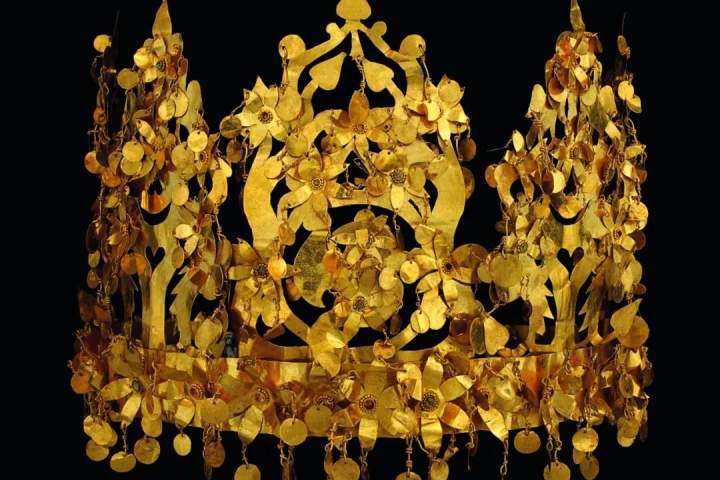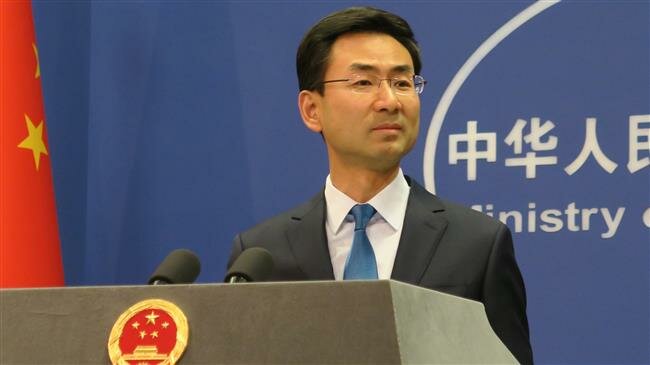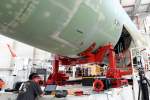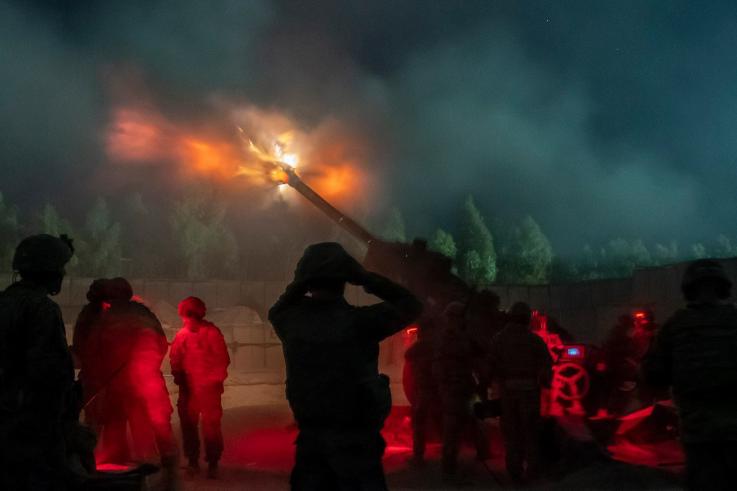"A nation stays alive when its culture stays alive." This is what you'll read at the entrance to the National Museum of Afghanistan in Kabul.
Publish dateSunday 19 May 2019 - 01:20
Story Code : 185311
AVA- More than two hundred precious relics which survived years of conflict and devastation are now safe and on display at Tsinghua University Art Museum in Beijing.
China is one of the many world-wide stops for these Afghan treasures. A curator from Tsinghua University Art Museum said the weaving technique on some of the treasures dates back as early as the Chinese Warring States period.
Back in 2001, the Taliban destroyed the 15-hundred-year-old Bamiyan Buddhas - the world's two largest standing Buddhas.
However, after the militants were ousted from power the following year, and relative stability returned to the country, many other cultural relics taken in by scholars. The precious items on display in Beijing are among a number of the rare collections saved during this time.
"I sincerely hope that people will do their utmost to protect our museum and protect our culture, which is the core of our national identity," said Mohammad Fahim Rahimi, director of Afghan National Museum.
Last year, China sent an eight-person team to Afghanistan to learn more about the restoration and protection of its cultural relics. A special fund was established to help finance the whole process.
Back in Beijing, several of the boxes that were used to transport the relics around the world formed part of the exhibition at Tsinghua University.
The museum believes they can help visitors gain a sense of perspective about what it took to save these artifacts from destruction.
China is one of the many world-wide stops for these Afghan treasures. A curator from Tsinghua University Art Museum said the weaving technique on some of the treasures dates back as early as the Chinese Warring States period.
Back in 2001, the Taliban destroyed the 15-hundred-year-old Bamiyan Buddhas - the world's two largest standing Buddhas.
However, after the militants were ousted from power the following year, and relative stability returned to the country, many other cultural relics taken in by scholars. The precious items on display in Beijing are among a number of the rare collections saved during this time.
"I sincerely hope that people will do their utmost to protect our museum and protect our culture, which is the core of our national identity," said Mohammad Fahim Rahimi, director of Afghan National Museum.
Last year, China sent an eight-person team to Afghanistan to learn more about the restoration and protection of its cultural relics. A special fund was established to help finance the whole process.
Back in Beijing, several of the boxes that were used to transport the relics around the world formed part of the exhibition at Tsinghua University.
The museum believes they can help visitors gain a sense of perspective about what it took to save these artifacts from destruction.
avapress.net/vdcizwazzt1avp2.ilct.html
Tags
Top hits












